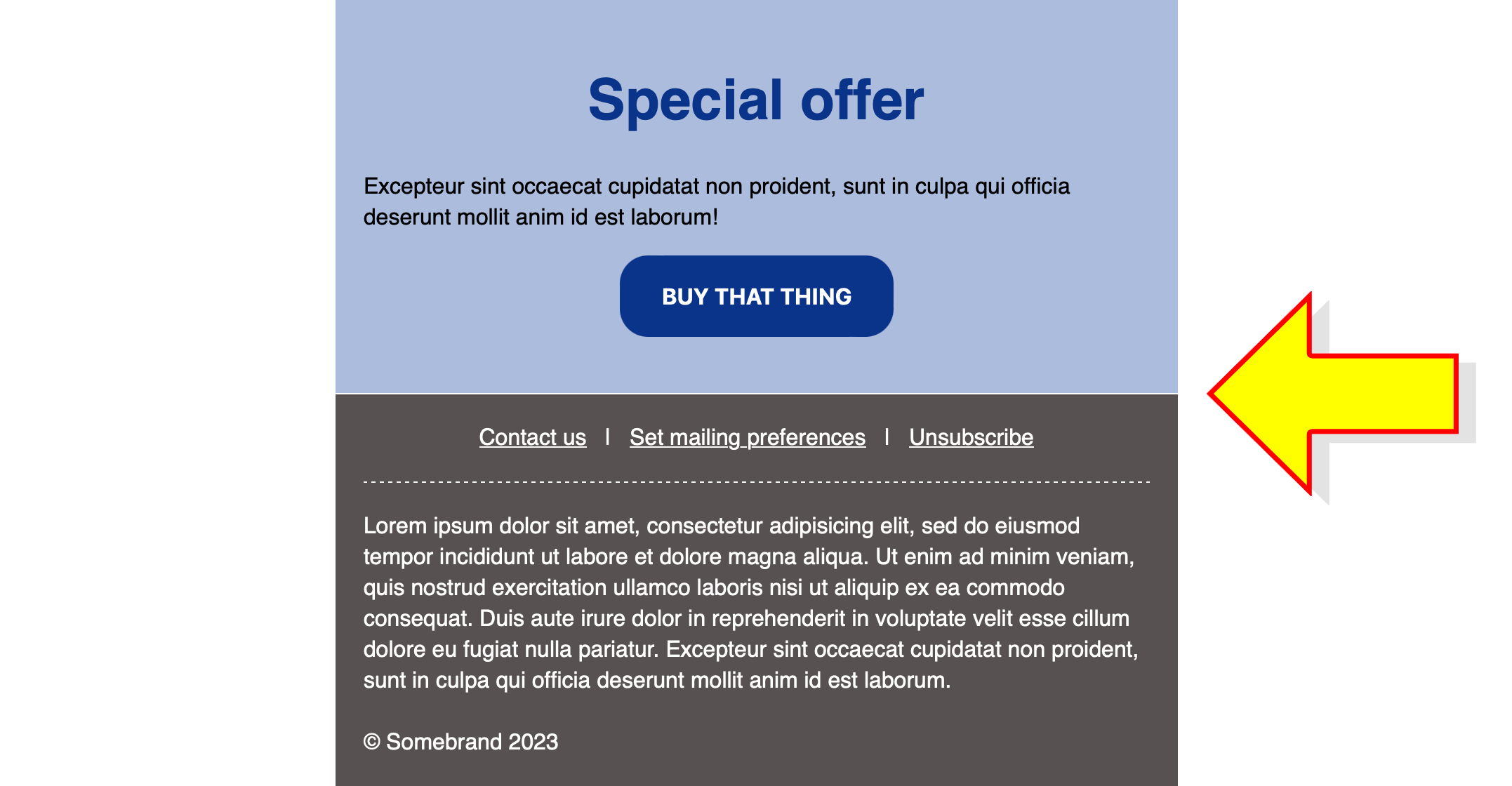Microsoft Outlook is notorious in the email marketing world. It doesn’t do modern HTML and CSS. It has a thing for splitting emails apart at the seams with rogue white lines. All in all, it’s a pain.
But that’s ok. Here’s why.
You can’t repair software via an HTML email
Outlook is a desktop application. The kind that’s coded in a complex language like C++ or suchlike. Oh, and it uses Microsoft Word – yes, the word processor – as its rendering engine.
A remote email developer has the following tools at their disposal: HTML, CSS and VML. None of these are programming languages. Their purpose is content and presentation. Therefore none of them can be used to re-engineer Outlook’s functionality. The best that can be done is to circumvent Outlook’s quirks and take steps to minimise their chance of occuring.
Acceptance ≠ apathy
Accepting Outlook’s limitations doesn’t mean doing nothing about them. Marketing emails should be designed and coded to degrade gracefully. That means designing and coding in such a way that your email can be progressively simplified and still look presentable.
Your reader probably isn’t using Outlook
Are you in the B2C market? It’s likely that only a tiny portion of your readership is using the desktop Windows application. Outlook has a mere 4% market share.
As you’d expect, most Outlook users will be present in the B2B sector. This however is no reason to panic. Design and develop accordingly.
Outlook can mean many things
It’s a Windows application. Plus there’s an online interface for Outlook 365. There’s also a Mac version that is quite different in every way. Oh, and there’s Outlook.com the webmail service. And its associated mobile app. With iPhone and Android flavours of course.
We’re not done yet. The Windows application has various editions. 2013, 2016, 2019 for starters. How these render your emails can even change according to screen density. Have you lost count of all the Outlooks? I have.
Your subscriber doesn’t care (so neither should you)
Email is a transient, fleeting thing. Its purpose is to communicate a message or an offer swiftly and clearly. Looking pretty is secondary.
That doesn’t mean it’s not worth the effort to design great‑looking emails. It is. It’s even worth a bit of effort to sort out Outlook problems.
But what is not worthwhile is frittering hours and hours of your time to get rid of a 1‑pixel glitch in one version of Outlook. Your customer is interested in what you have to offer. I can’t guarantee that they won’t notice a trivial rendering glitch, but I’ll bet money on the fact that they won’t care.

Time is money
This is business and we’re all here to make money. Investing resources on trivial matters is a poor effort‑to‑reward payoff.
If you’re sending a richly designed mailing, you’re likely to trigger an unwanted rendering glitch in at least one version of Outlook. From an email developer’s perspective, the cause is purely down to chance – as is the solution. And that solution could potentially take hours to unearth, if even possible. Accept it as a triviality and move on to something more important.
We’re stretching the medium beyond its intended capabilities
Email used to exclusively mean a letter‑like digital message sent from one person to another. Probably with some kind of hilarious cat joke, and possibly a threat that something awful will happen if you don’t forward it to ten friends. As a format, email consisted of words typed on a plain background, perhaps with a picture or two attached for download. That’s what email was.
At some point along the line, the technology became (somewhat) intertwined with the HTML and CSS code that powers the web. That afforded significant improvements in styling and branding, which is nice. But the pendulum has perhaps swung too far. It’s now common for companies to send marketing emails that resemble mini‑websites – a far cry from its electronic mail origins. Should we be surprised that it breaks?
Conclusion
Outlook isn’t all bad. Seen through the right lens, it’s a reminder to focus on content rather than decoration. Follow best practice in your emails and let Outlook do what Outlook does.


